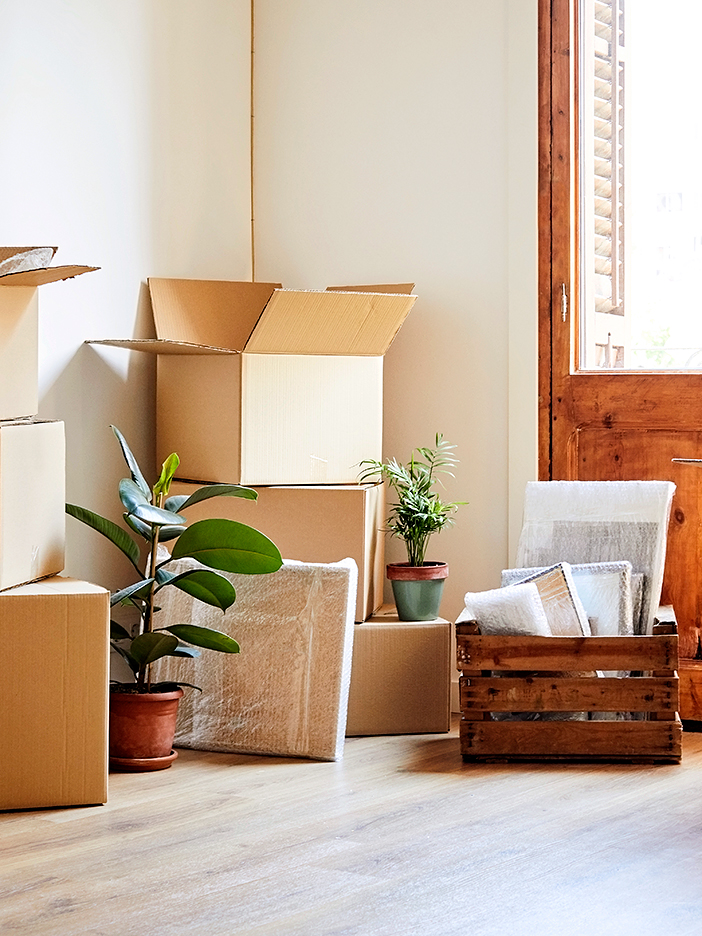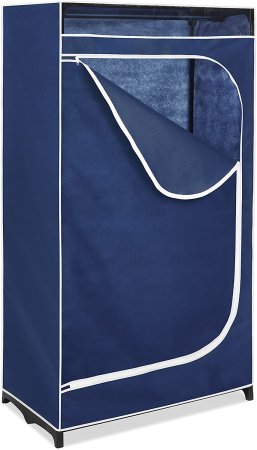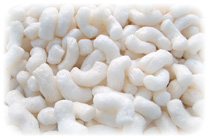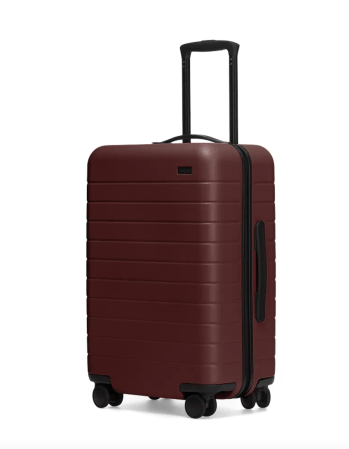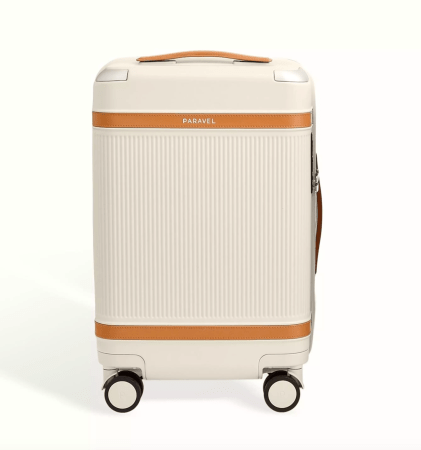We may earn revenue from the products available on this page and participate in affiliate programs.
2020 was the year of moving. With commuting reduced to a distant memory, many urbanites have packed up their things and flocked to the suburbs (or roomier cities, like Los Angeles) for more expansive setups. The trend will likely continue in 2021, but that doesn’t mean relocating is suddenly an easy feat. What organization system should you go with? What’s the best way to reduce the typical sea of boxes? How do you choose what stays and what goes? We turned to experienced movers to help us out.
Whether they made a cross-country trek or changed addresses in their own cities, these creatives understand your pain (physical and mental). Here, they share their best tips and the products that made moving a relative breeze.
Color-Coordinate
Interior designer Sarah Solis has two words for anybody attempting a big move: color coding. Solis, who is planning a move herself after selling her Los Angeles home, swears by Blick’s multihued masking tapes for assigning each room (and subsequent boxes) a color. Red for the kitchen, blue for the bathroom, and so on. “I’m a visual person,” notes Solis. “Colors makes the process more aesthetically pleasing and are helpful for movers to know where to drop off boxes.” She also recommends packing clothing you know you won’t use right away (summer clothes during a winter move, for instance) in clear zipper pouches and plastic bins that can be immediately stowed in your closet upon arriving in your new digs.
Keep Your Clothes on the Hangers
Style icon Kellie Brown completed a cross-country move earlier this year, bringing all of her effortlessly cool clothing with her. “Wardrobe boxes are epic,” says Brown. “Pull your clothes out of the closet, keep them on the hanger, and simply put them in.” She notes that most moving companies offer wardrobe boxes, but if yours doesn’t, you can always find budget-friendly picks on Amazon. Another trick: Rent plastic bins to eliminate the excess waste that comes with using cardboard boxes. Plus they are sturdier than the paper alternative. A win-win.
Rank Your Boxes
Brooklyn-based designer Alex Boudreau promises that these three products will make any move easier. First up? Biodegradable packing peanuts. “Those super-annoying, static-clinging peanuts cushion all of my fragile goods and are vital to moving small things,” says Boudreau. Next, labels that note not only the final destination (living room, for instance) and items within your boxes, but their priority. Necessities like hand soap or kitchen tools belong in box 1, whereas that old tablecloth you never use is destined for box 30. Last up is an IKEA product, of course. Boudreau packs everything from linens to paperwork in the superstore’s Parkla bags. “The 22-inch width allows you to keep clothes on their hangers and fold them right into the bags,” she explains. Not to mention you can use them as storage for years to come.
Think Ahead
If you have the forethought, freelance fashion editor Lauren Caruso, who is in the midst of moving from her Manhattan studio apartment to a Los Angeles house, suggests packing by your future home’s layout. Even if your spare linens currently live under your bed, put them in a box labeled “front hall closet” to make unpacking a breeze. Another thing Caruso recommends: splurging on help, if you can. “I thought hiring day-of packers was a service reserved for people who couldn’t be present on the day of their move or very, very rich people,” she says. “As it turns out, it only cost me an extra $400. I know that’s not cheap, but considering I spent $0 on boxes, packing equipment, and tape and saved about three days of time and worry, I’d recommend it to anyone.”
Work With What You Have
Interior designer Ariel Okin’s relocation wouldn’t have been possible without something she already owned: her suitcases. She packed heavy keepsakes, like her beloved interior design books, in the wheeled cases for easy transport. She also urges everyone to plan ahead and pack a bag of “moving must-haves” to always keep on you, like important documents, medications, and valuables. Read: things that can’t get lost!
Our Winter Renovation issue is here! Subscribe now to step inside Leanne Ford’s latest project—her own historic Pennsylvania home. Plus discover our new rules of reno.
